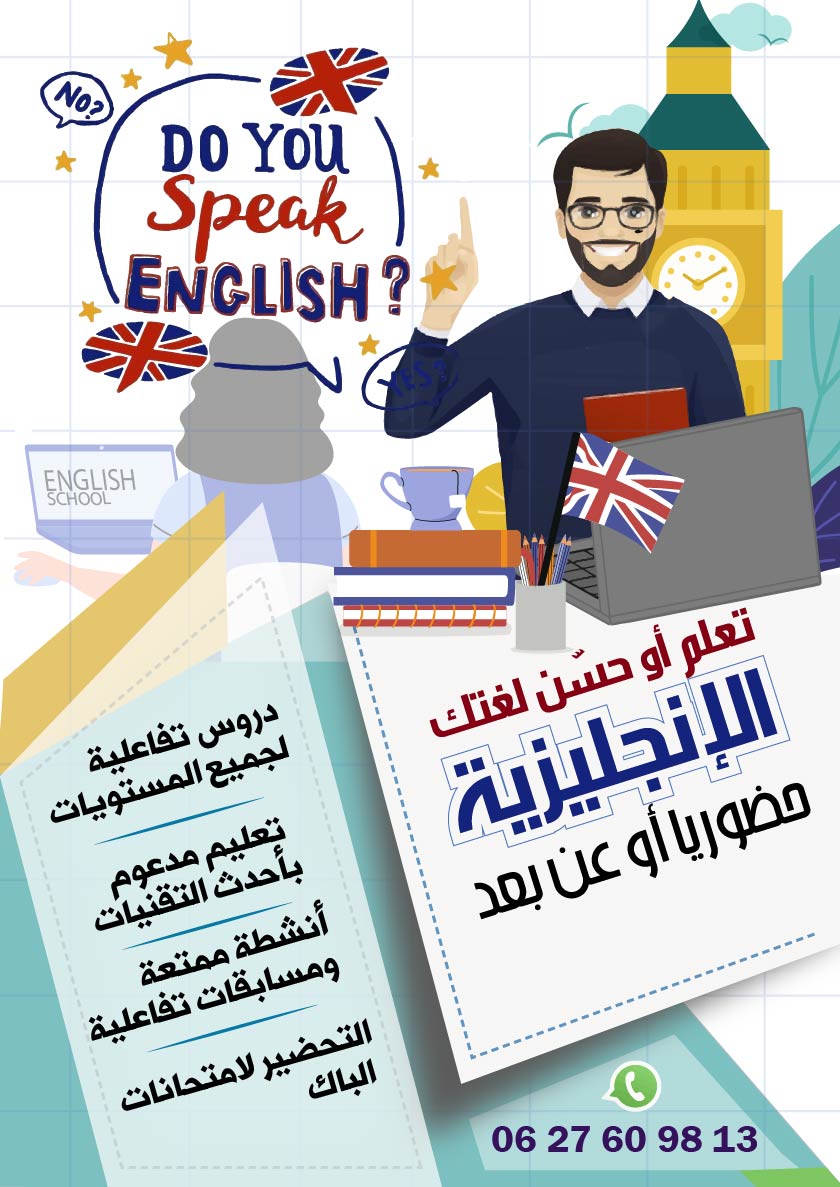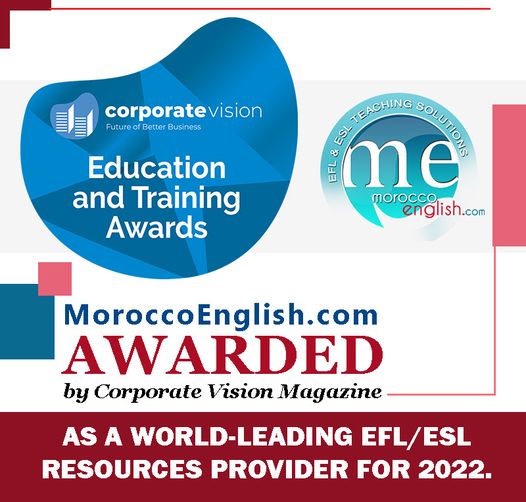If you ask any novice teacher of English how he/she finds teaching in the English classroom, the preeminent answer will be: there is a huge gap between theory and practice. Most new teachers have spent much time absorbing ELT literature, yet few were trained on how to apply their knowledge in the teaching space: the classroom. In this paper, a humble endeavor has been made to define the bridge between theory and practice in ELT and punctuate some key ingredients of effective theory-practice bridging.
Bridging the gap between theory and practice is possible through lesson planning. Planning is the process of connecting theory to practice. It is also the process during which lesson success or failure is planned. While planning, English teachers apply ELT knowledge by devising a set of procedures that incorporate definite activities for definite objectives, naming the necessary tools and requirements, accounting for assessment, and distributing the possible lesson whole time in accordance with the lesson phases from opening to closing. Yet what ingredients does a cook need to prepare a delicious meal?
Lesson planning needs mature theoretical awareness. Even though some teachers underestimate, and even mock at all that is theoretical in ELT, still, theories and approaches work. The importance of ELT theories lies in raising our awareness of every action we take for teaching and learning purposes. And because they reflect a number of experiences in a particular time and space, ELT theories do help in beefing up our predictability in the field of teaching, blowing up our applied knowledge, and making our actions so principled and organized. Further, an ELT theory tells us how English is viewed, how it is learned, what style is adequate to what learner, how an activity is to be assessed, and what procedures and techniques are to opt for to meet certain aims…
Lesson planning calls for multiple intelligences and creativity. Since the clients we target have multiple moods, preferences, needs and demands, we as guides and assistants have to have an intelligent and creative soul. We need to cater for the needs of our students and ponder about smooth and efficient deeds to meet their needs and satisfy their expectations. To be knowledgeable in your subject is not enough. You also need to be smart in the art of communication to get your students to taste, not to say learn, the flavor of language as a combination of multiple components of which behavior is the backbone. How you can smoothly, briefly, and inductively get your students into picking up new skills determines your level of creativity and intelligence in planning a lesson. How you start up, proceed, and close a lesson tells us whether you are a principled teacher or chaotic one.
Lesson planning requires high level of imagination and expectation. While planning your lesson, imagine how it will possibly work, the reactions it will possibly bring about, and the feedback you will provide. The power of imagination and expectation does not only help you predict your performance while in class, but it also empowers you to create suitable situations for the target objectives. Language is function, and the situation is the cradle of both.
Theoretical awareness, intelligence, creativity, imagination and expectation are therefore key elements of effective lesson planning. More consideration of these elements will undeniably improve your lesson performance and ameliorate your design skills in ELT as well as in other disciplines.


































